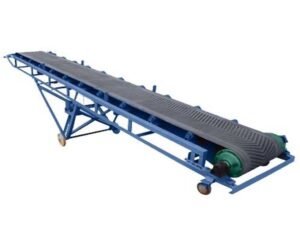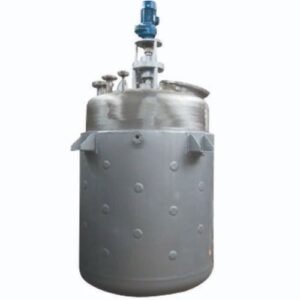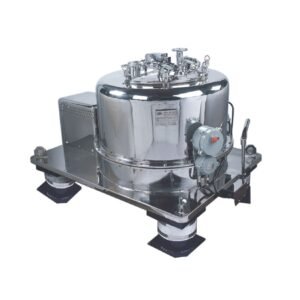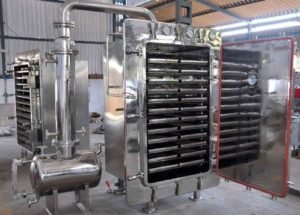Description
A Roller Conveyor is a type of conveyor system that uses rollers (cylindrical wheels) to transport materials along a horizontal or inclined path. These conveyors are commonly used in industries for moving goods that need to be transported across short to medium distances with minimal effort. Roller conveyors are often seen in warehousing, material handling, and distribution centers, and are ideal for moving heavy or bulky items.
Key Components of a Roller Conveyor:
- Rollers: The primary moving component of the system. These cylindrical rollers are mounted on shafts and are typically made of steel, aluminum, or plastic. The rollers are arranged in a line, and they allow items to move freely across the conveyor.
- Frame: The structural support that holds the rollers in place. It ensures the stability and alignment of the conveyor.
- Drive Mechanism: In powered roller conveyors, a motor, gearbox, and drive shafts are used to drive certain rollers, enabling them to move goods. In non-powered systems, the goods move via gravity.
- Roller Bearings: Bearings allow the rollers to rotate freely and reduce friction. These are important for ensuring smooth movement of items.
- End Stops: These are placed at the ends of the conveyor to prevent items from falling off the conveyor.
- Idler Rollers: These are the non-powered rollers used for guiding materials along the conveyor.
- Control System: In some systems, automated controls, sensors, or switches may be used to control the movement of goods, start/stop operations, or even sort products.





Reviews
There are no reviews yet.